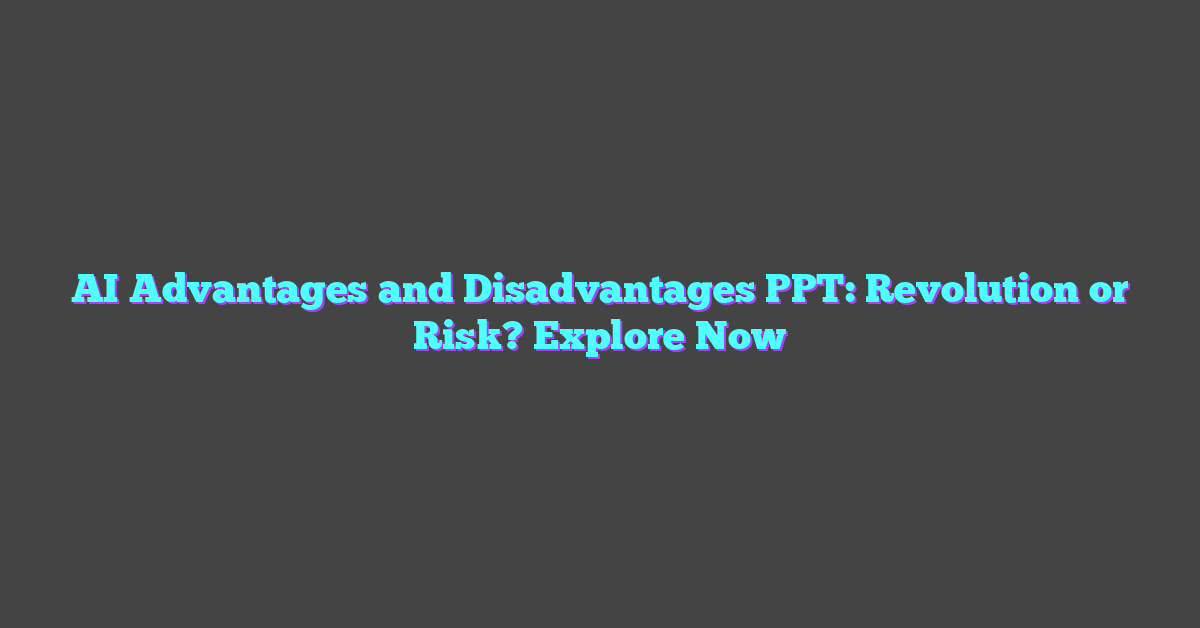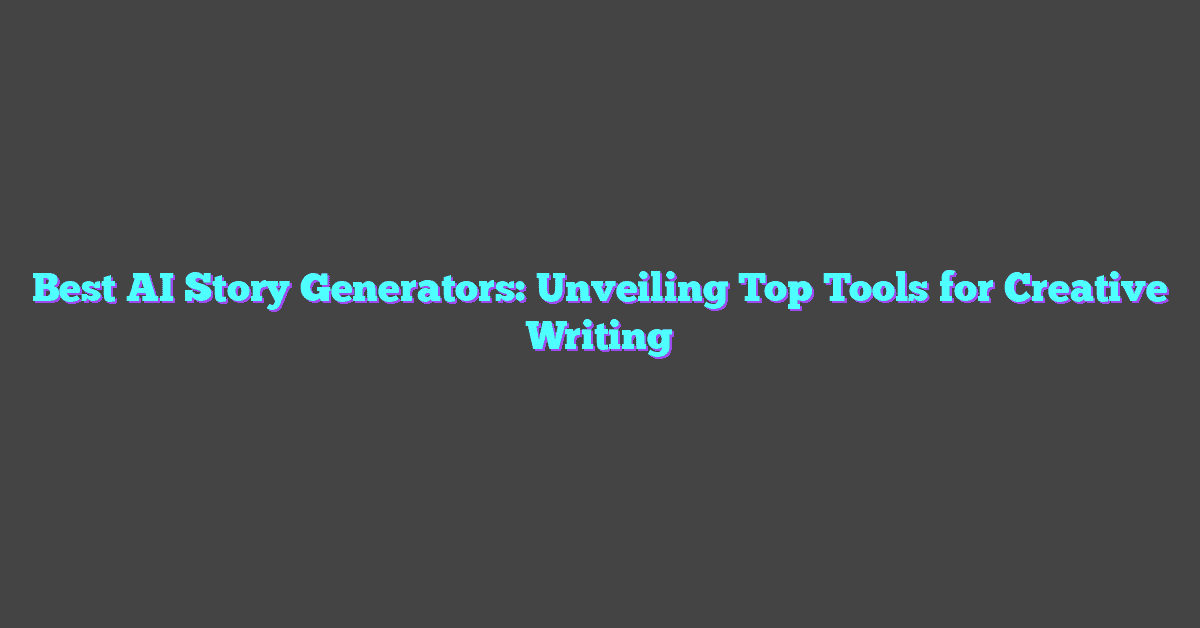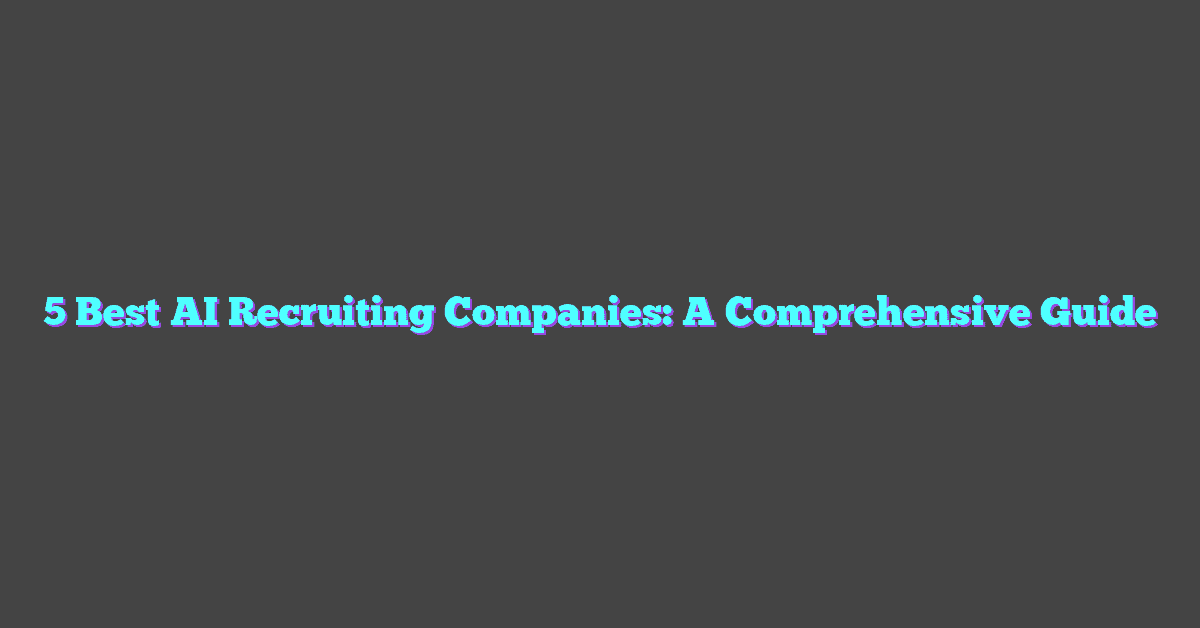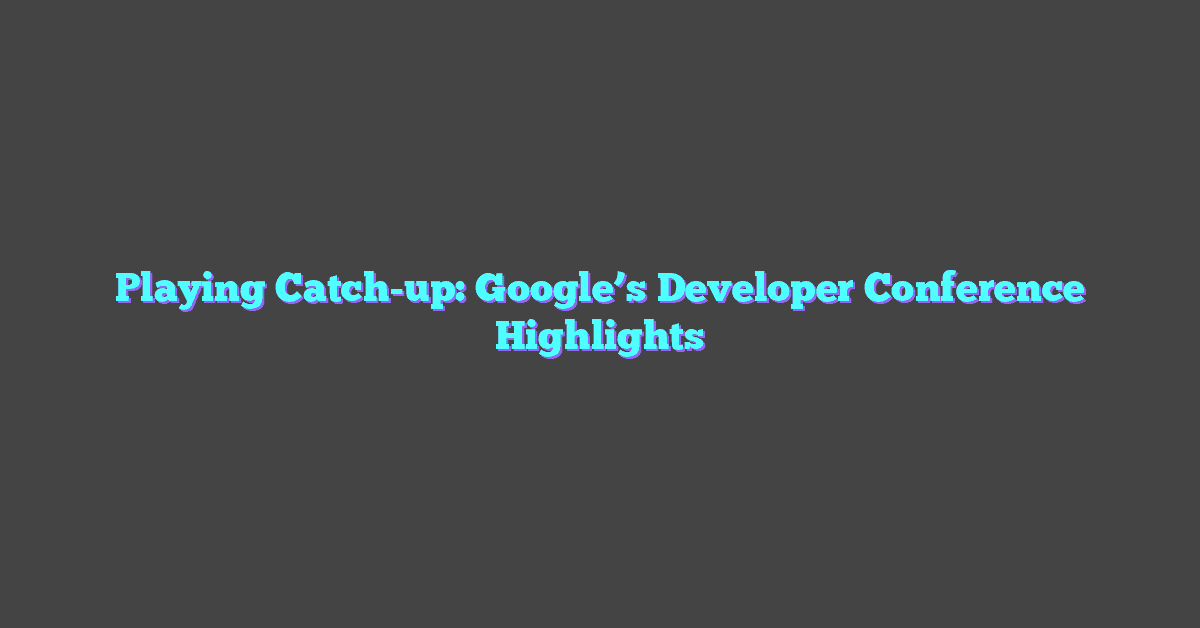Artificial Intelligence (AI) is reshaping how we live and work, and it’s no surprise that it’s become a hot topic in presentations across the globe. From streamlining operations to raising ethical concerns, AI’s impact is vast and multifaceted. But what’s the real score when it comes to the pros and cons of AI?
In this article, they’ll dive into the nitty-gritty of AI’s advantages and disadvantages through the lens of a PowerPoint presentation (PPT). Whether you’re a tech enthusiast or a cautious observer, you’ll find that AI’s influence is both exciting and complex. Let’s explore the bright and the dark sides of this technological marvel.
Advantages of AI in PowerPoint Presentations
When it comes to infusing AI into PowerPoint presentations, the benefits are abundant. They not only enhance the visual appeal but also introduce an element of smart interactivity that’s hard to beat. PowerPoint’s integration with AI technologies has had a transformative effect, taking presentations from bland bullet points to dynamic, intelligent displays that captivate audiences.

Customization becomes effortless with AI. Presentations can quickly adapt to the audience’s preferences and the presenter’s style. AI algorithms analyze previous successful presentations and suggest design elements that are more likely to resonate with the audience. This means slides can be personalized at scale without spending extra time on design.
The data processing capabilities of AI are a game-changer. Presenters can effortlessly incorporate complex data sets into their PowerPoint slides. With AI’s help, these figures are not just displayed but also interpreted and presented in a comprehensible manner, allowing for real-time data analysis during presentations. This adds depth and credibility, as presenters can show live stats, predictions and trends.
AI also enables speech recognition, making it possible to control a presentation through voice commands. This hands-free approach allows presenters to focus on their delivery rather than the mechanics of slide transitions.
One of the most significant advancements is content accessibility. With AI, PowerPoint presentations can be made accessible to people with disabilities more efficiently. Features like automatic alt-text for images and closed captions for speech in real-time are not only inclusive but are steps towards universal design.
| Feature | Benefit |
|---|---|
| Customization | Personalized presentations tailored to audience needs |
| Data Processing | Enhanced ability to display and interpret complex data |
| Speech Recognition | Improved presentation control and engagement |
| Content Accessibility | Increased inclusivity and universal access |
Creators are finding that these AI-driven enhancements not only save time but also create a more engaging and insightful experience. From startups to educational institutions and corporate environments, the role that AI plays in delivering cutting-edge PowerPoint presentations is undeniably growing. As AI continues to evolve, it’s exciting to think about what the future holds for presentation technology and how it’ll shape the way information is shared and consumed.
Streamlining Operations with AI in PPT
The integration of Artificial Intelligence into PowerPoint is revolutionizing the way presentations are developed and delivered. AI’s capability to streamline operations is a standout benefit for users who strive to create impactful and efficient presentations. By automating routine and time-consuming tasks, presenters can focus on the content that matters most.
AI algorithms within PowerPoint can smartly sort and organize information, suggesting design layouts based on the content provided. This means that presenters need not spend hours on formatting slides; AI tools offer instant suggestions that align with professional design principles. Beyond aesthetics, AI-enabled features like QuickStarter and Designer provide a jumpstart by piecing together an attractive and cohesive presentation outline in minutes.
Moreover, the real-time editing and collaboration tools powered by AI are a boon for teams. With the ability to track changes and offer suggestions, these tools ensure that presentations are not only visually consistent but also grounded in accurate content. This capability to work synchronously across different locations simplifies coordination and enhances productivity.
The implementation of AI in PowerPoint does more than just improve the visual aspect of presentations; it offers predictive text input and auto-correct functionalities that cut down on the manual labor of proofreading and editing. This feature learns from the user’s pattern of work, thus becoming more efficient and tailored to the individual’s style over time.
Furthermore, the data crunching prowess of AI comes into play when dealing with slides filled with figures and facts. AI algorithms intelligently analyze and display complex data sets graphically, making it easier for audiences to understand and for presenters to discuss intricate details without being bogged down by the intricacies of data visualization.
With these advancements, AI propels PowerPoint presentations into a realm where aesthetics, accuracy, and ease-of-use coalesce to deliver a highly polished and professional final product. The AI-driven tools not only enhance the presenter’s effectiveness but also ensure that the audience’s experience is enriched by a seamless and dynamic presentation.
Enhancing Productivity and Efficiency
AI’s introduction into PowerPoint has been a game-changer in terms of productivity and efficiency within the workplace. AI algorithms are particularly adept at identifying patterns in data, which translates into smarter slide suggestions and layout designs. Users benefit from these intelligently recommended formats, making sure there’s no need to manually sift through dozens of templates.
Beyond just aesthetics, AI offers real-time collaboration features. Team members can work on the same presentation simultaneously from different locations, thanks to AI-powered cloud services. This has drastically reduced the time it takes to compile and finalize a shared project, streamlining the collaborative process.
Furthermore, predictive text and speech recognition features are prominent examples of AI’s efficiency-boosting capabilities in PowerPoint. The predictive text anticipates what the user intends to type next, reducing the number of keystrokes needed. This not only speeds up content creation but also minimizes the likelihood of typos and other errors. Speech recognition, meanwhile, allows hands-free control over the presentation, facilitating a smoother rehearsal process and even enabling real-time editing during a live presentation.
AI’s efficiency extends to data handling as well. Complex data sets can be overwhelming and time-consuming to manage. AI simplifies this through:
- Automated data visualization
- Smart analysis of trends and patterns
- Quick incorporation of real-time data feeds into the presentation
| Feature | Impact on Productivity |
|---|---|
| Smart Templates | Reduces setup time |
| Real-time Collaboration | Streamlines project finalization |
| Predictive Text | Minimizes typing effort |
| Speech Recognition | Enables hands-free operation |
| Data Visualization | Simplifies complex data representation |
This deep integration of AI within PowerPoint has not only optimized creators’ workflows but has also empowered them to focus on the content quality and storytelling aspect instead of getting bogged down by the technicalities of presentation design.
Improving Data Analysis and Decision-Making
When it comes to data analysis and decision-making, AI integration into PowerPoint has been instrumental in revolutionizing these processes. Presenters can now handle and interpret large data sets with ease, thanks to AI’s powerful analytical tools. These tools can detect patterns and insights that might go unnoticed by the human eye, offering valuable information that can support better decision-making.
Real-Time Analysis for Quick Decisions
One key advantage is the real-time analysis that AI provides. During a presentation, the presenters are able to showcase complex data and immediately interpret it through AI algorithms. This feature ensures that any strategic decision based on the presented data is informed by the most current and accurate analysis possible. Quick, data-driven decisions can be the difference between staying ahead of the competition or lagging behind.
Predictive Analytics for Future Trends
AI’s predictive analytics capabilities play a significant role in forecasting future trends and behaviors which is paramount in strategic planning. By assessing historical data, AI can make educated guesses on future outcomes, offering presenters:
- A way to prepare for various scenarios
- The ability to highlight potential risks and opportunities
- An avenue to adjust strategies proactively rather than reactively
Customized Solutions Through Machine Learning
AI isn’t just about what’s pre-programmed—the technology learns and adapts. Machine learning, a subset of AI, allows presenters to deliver customized solutions and recommendations. As the AI system learns from new data, it becomes better at predicting outcomes, making recommendations, and even offering insights tailored to specific audience demographics or industry trends. This adaptability is key in ensuring that presentations remain relevant and impactful.
The benefits of AI for data analysis and decision-making within PowerPoint presentations are vivid. They pave the way for smarter, swifter, and more informed decisions, cutting through the noise to deliver clarity and precision in a world inundated with data. As the complexity of data grows, so too does the value of AI in deciphering it for a strategic advantage.
Ethical Concerns and Limitations of AI in PPT
While AI presents a plethora of benefits, they’re not without their ethical concerns and limitations, particularly in PowerPoint presentations. AI’s promise to deliver tailored content can sometimes straddle the fine line between personalization and privacy infringement. As presenters incorporate AI into their PowerPoint (PPT) files, they must be mindful of the data being used. Sensitive information inadvertently bundled into AI analytics could lead to unintended privacy breaches, and that’s a concern they can’t afford to overlook.
There’s also the matter of bias in AI algorithms. Since machine learning models learn from data provided to them, if the data set contains biases, the AI’s output will likely perpetuate those biases. This can affect the AI-suggested design layouts or even the way data is interpreted and presented, which in turn could influence decisions made based on these presentations.
Another limitation lies in AI’s current capacity for understanding nuanced human emotions and the richness of cultural contexts. In a multi-cultural setting, an AI might suggest content that does not resonate with all audience segments, missing the mark on inclusivity. AI’s capacity to read audience reactions in real-time and adjust the presentation accordingly is still a work in progress, and while the technology gets there, presenters must keep their finger on the pulse of their audience’s engagement.
In terms of operational limitations, AI in PowerPoint still requires a reliable internet connection for most of its cloud-based processing capabilities. In addition, there is always the risk of over-reliance, where presenters might depend too heavily on AI tools, potentially compromising their own critical thinking and creativity.
While AI continues to evolve at a rapid pace, recognition and mitigation of these ethical concerns and limitations are crucial as presenters and organizations embrace AI’s power to transform their PowerPoint presentations. As with any technology, a balance must be found where AI’s advanced capabilities are harnessed responsibly, ensuring that presentations are not only efficient and engaging but also ethically and contextually sound.
Conclusion
AI’s integration into PowerPoint is transforming presentations, making them more engaging and efficient. It’s clear that the benefits, from automation to advanced analytics, are significant. Yet, it’s equally important to navigate the challenges wisely. As presenters adopt these intelligent tools, they must stay mindful of ethical considerations and the need for a human touch. Balancing AI’s power with its potential pitfalls will ensure that presentations not only captivate audiences but also remain true to the core values of communication and understanding.
Frequently Asked Questions
How does AI enhance PowerPoint presentations?
AI enhances PowerPoint presentations by improving visual appeal, adding interactivity, and boosting data processing capabilities. It automates routine tasks, suggests design layouts, and provides tools for real-time editing and collaboration.
What are the benefits of using AI in PowerPoint?
The benefits of using AI in PowerPoint include streamlined operations, real-time data analysis, predictive analytics, and personalized solutions. It makes the creation and decision-making processes more efficient and engaging.
What are the ethical concerns associated with AI in PowerPoint?
The ethical concerns with AI in PowerPoint involve potential privacy infringement, bias in algorithms, issues understanding human emotions and cultural contexts, and dependence on a stable internet connection.
Can AI in PowerPoint understand human emotions?
AI in PowerPoint has limitations in understanding human emotions and interpreting cultural contexts, which could impact the effectiveness of communication in presentations.
Is there a risk of over-reliance on AI in PowerPoint?
Yes, there is a risk of over-reliance on AI tools in PowerPoint, as it may lead to overlooking the importance of human oversight and the need for ethical consideration in presentations.




